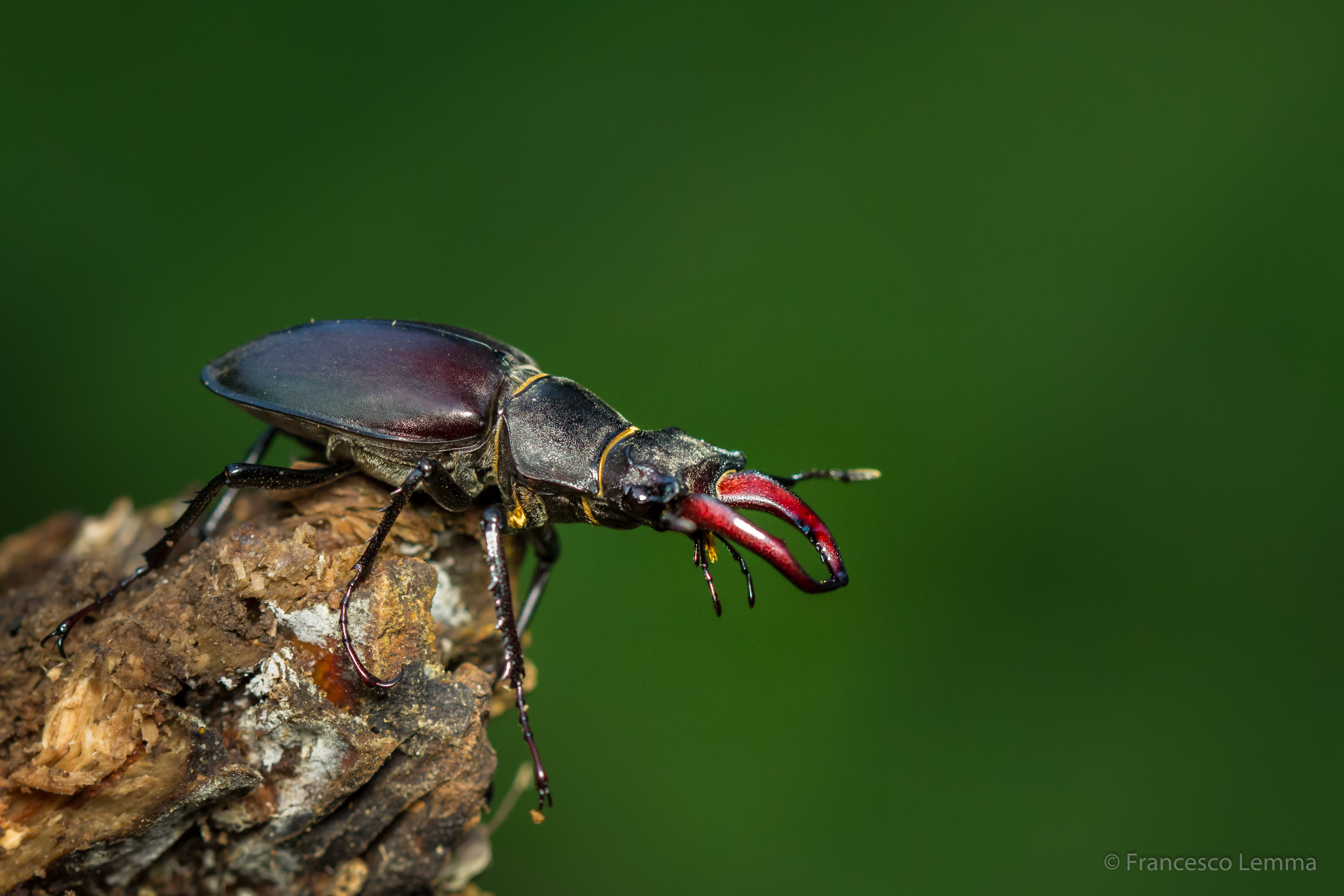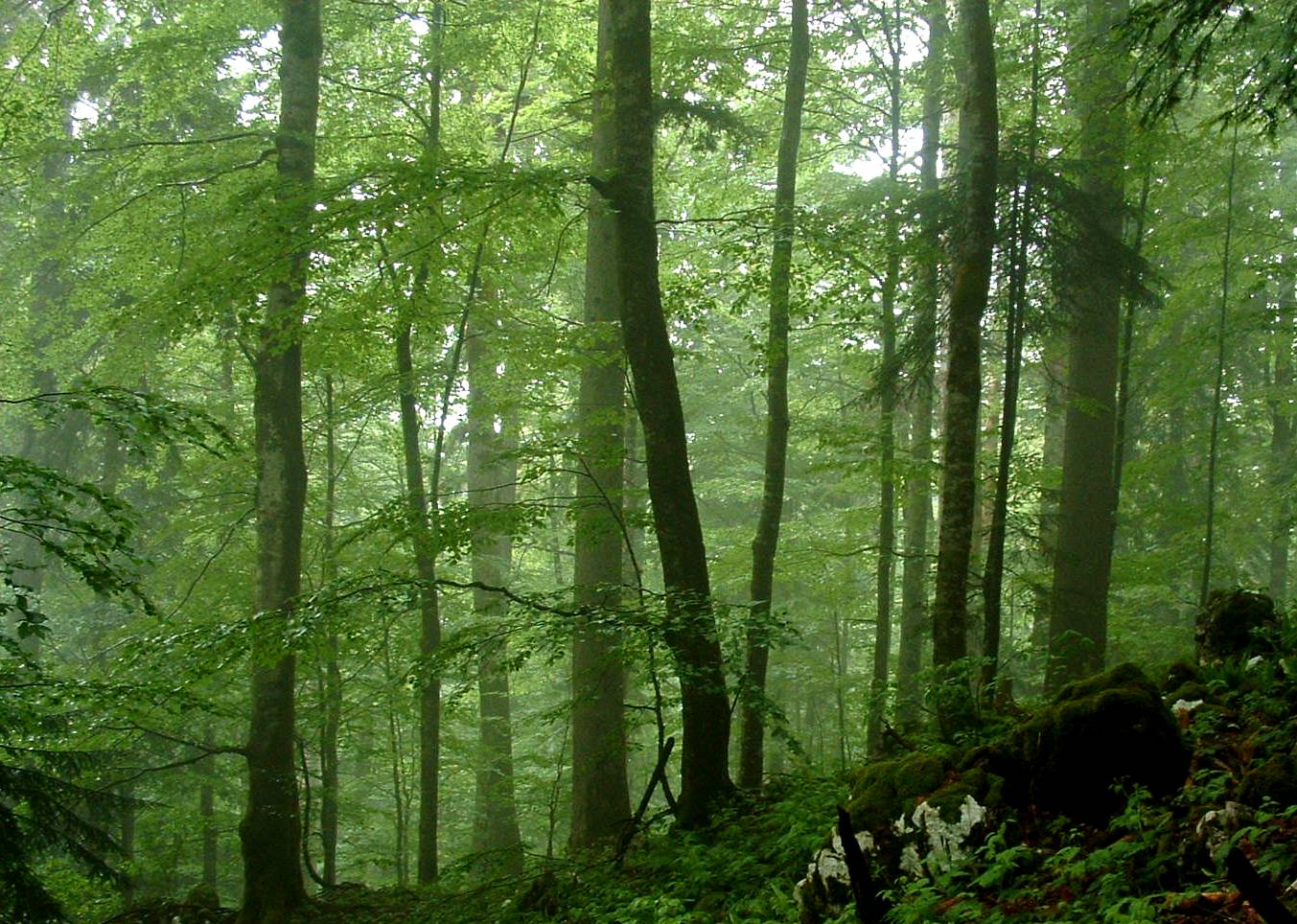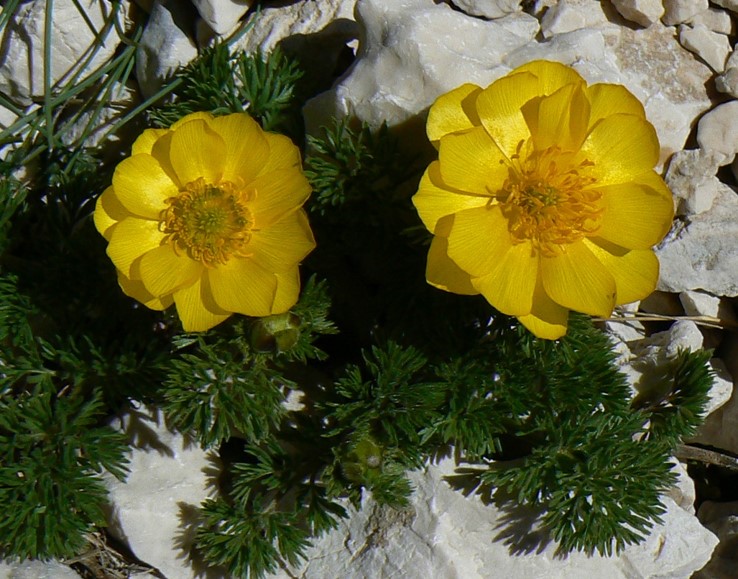Monitoring is a systematic approach to evaluate the state of an ecosystem and it is based on collection of repeated information, using a standard method. The Habitats Directive (92/43 / EEC) requires Member States to carry out monitoring activities on the conservation status of habitats and species of Community interest.
Volunteers will carry out monitoring of animal and plant species protected under European Directives located mainly in forest and mountain habitats. The monitoring focuses on invertebrate, amphibian, bird and mammal species. Structural and phytosociological surveys will be carried out respectively within priority forest and mountain habitats. Finally, bioacoustic monitoring will be conducted to estimate biodiversity levels in the study areas.
For the monitoring, standardized, already developed and approved protocols by the Environment Ministry will be adopted.
Invertebrates
The population status of 5 species of saproxylic beetles will be evaluated, adopting protocols that were developed during LIFE Project “Monitoring of Insects with Public Participation” MIPP (LIFE11 NAT/IT/000252). Monitoring methods will include pheromone and baited traps (hermit beetle and great capricorn beetle), line transect (stag beetle), visual encounter survey (rosalia longicorn), freshly cut log piles (long-horned beetle).



Amphibians
The monitoring will be based on counting egg masses (Italian agile frog, agile frog and Apennine yellow-bellied toad), visual encounter surveys of adult individuals (northern crested newt, Italian newt, Smooth newt, fire salamander, spectacled salamander, Apennine yellow-bellied toad, Italian agile frog, European green toad) and acoustic surveys (European green toad, Italian tree frog). The Nature Reserves Casentinesi is currently involved in another project, LIFE Wet Fly Amphibia Project” (LIFE14 NAT/IT/0007), studying three target species for aquatic environments connected with forest: Apennine yellow-bellied toad, spectacled salamander, northern crested newt. The data collected during “Wet Fly Amphibia” Project will be implemented collecting new data in different sites of the Nature Reserves Casentinesi, using the same methods of monitoring for these species.



Birds
Call-response survey (playback) along transects and from emission points will be used for woodpeckers (white-backed woodpecker, middle spotted woodpecker, black pecker) and passerines (collared flycatcher, red-backed shrike, woodlark) to determine the presence and estimate the relative abundance.
Observation from advantage points will be used for birds of prey: along road transects for forest species (European honey buzzard, short-toed snake eagle and black kite) and from advantage points for reproduction (counts of breeding pairs and fledge young chicks) for rocky environment species (e.g. golden eagle and peregrine falcon).



Mammals
Detection of presence and abundance of micromammals (bicolored shrew, lesser white-toothed shrew, Savi's pine vole, wood mouse, striped field mouse, Udine shrew, Eurasian water shrew) will take place trough live traps, placed along transect.
Bats will be monitored trough bat-boxes and counting of habitat trees suitable for their presence.
Camera traps and tracks identification will be the methods applied for the monitoring of wildcat, Marsican brown bear and Italian wolf.


Forest surveys
Volunteers will collect information on forest dendrometric parameters (diameter, height, volume, density…) and provide qualitative/quantitative evaluation of dead wood. Forest surveys will be conducted in all study areas.


Bioacustic
Bioacoustics and ecoacoustics are emerging tools in the study of biodiversity, applied also for conservation issues. Bioacoustics originated as an extension of ethology, to study animal communication. Ecoacoustics (also called soundscape ecology) is an interdisciplinary science, derived from bioacoustics, that investigates natural and anthropogenic sounds and their relationship with the environment. In recent years, bioacoustics and ecoacoustics have addressed more ambitious scientific question such as the study of habitats and the monitoring of biodiversity, through the study of the soundscape. The soundscape, consists of three main components: sounds generated by organisms are referred to as the biophony, sounds from non-biological natural sources (rain, wind, thunder, etc.), which are termed geophony and, finally, sounds related to human activities (anthropophony). These can be interpreted as a source of disturbance and pollution. By analysing the recorded sound, it is possible to describe the soundscape. The Life project ESC 360 will offer the volunteers the opportunity to use different recording tools to monitoring the soundscapes of the reserves.
Plant species
Monitoring of the conservation status of plant species of European interest (Adonis distorta, Iris marsica and Himantoglossum adriaticum) will be carried out. The monitoring will adopt protocols standardized at national level to count the number of plants for each population, in some sample areas a phytosociological releve will be carried out.



Mountain habitats
The monitoring of the conservation status of mountain habitats of European interest, some of which are priority habitats* (beech forests with Ilex and Taxus *, alpine and boreal heaths, Juniperus communis formations on heaths or calcareous grasslands, dry grasslands of Festuco-Brometalia *, alpine and subalpine calcareous grasslands, Nardus grassland *), will be carried out. The monitoring will adopt protocols standardized at national level, with the aim of creating a new detailed map of the areas occupied by each habitat type (which will be compared with maps created 10-30 years ago for the same areas). In some sample areas a phytosociological releve will be carried out.



